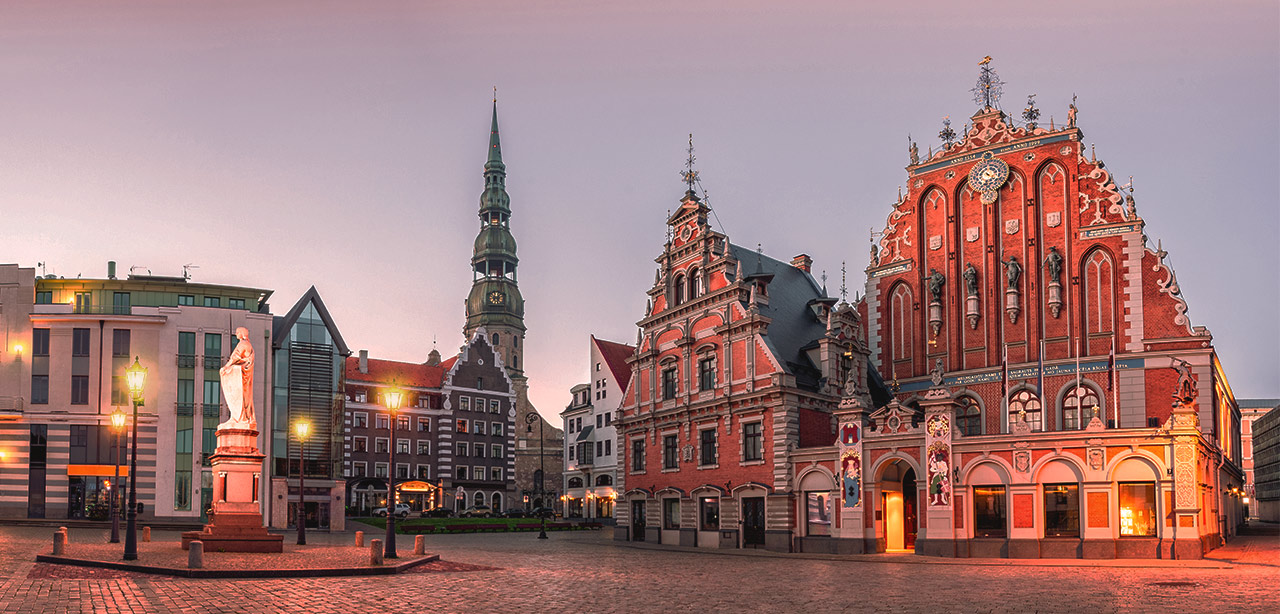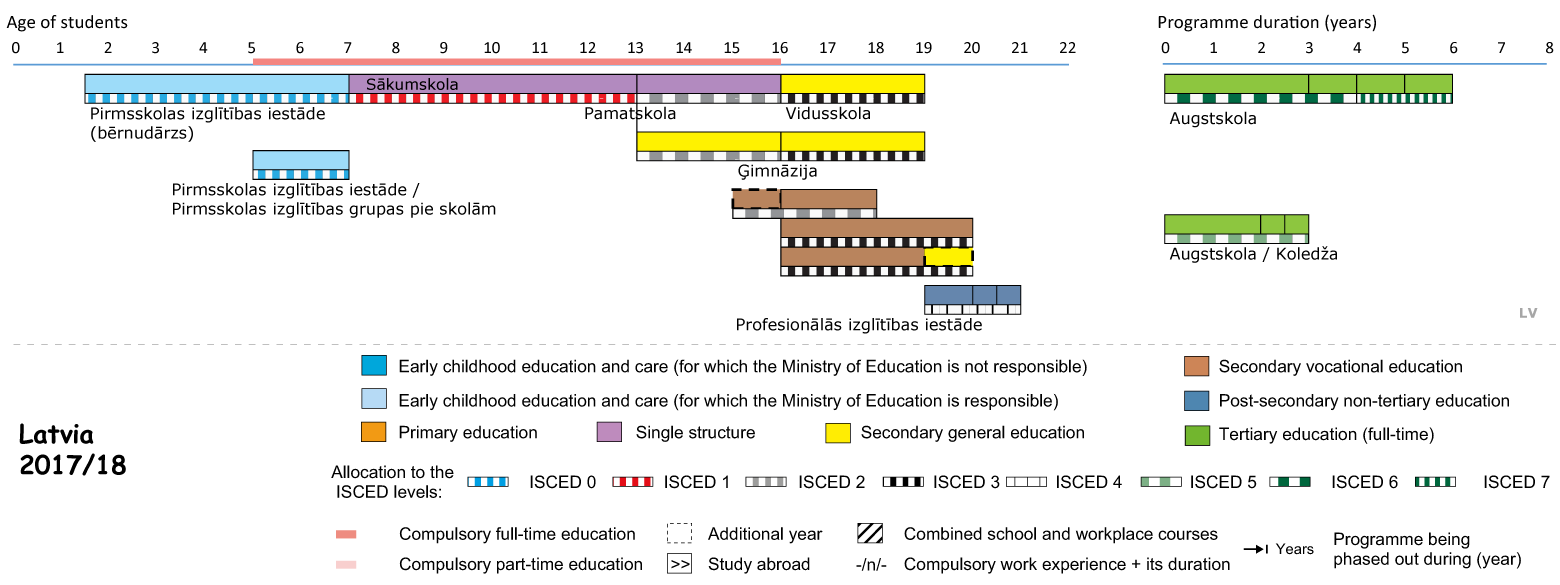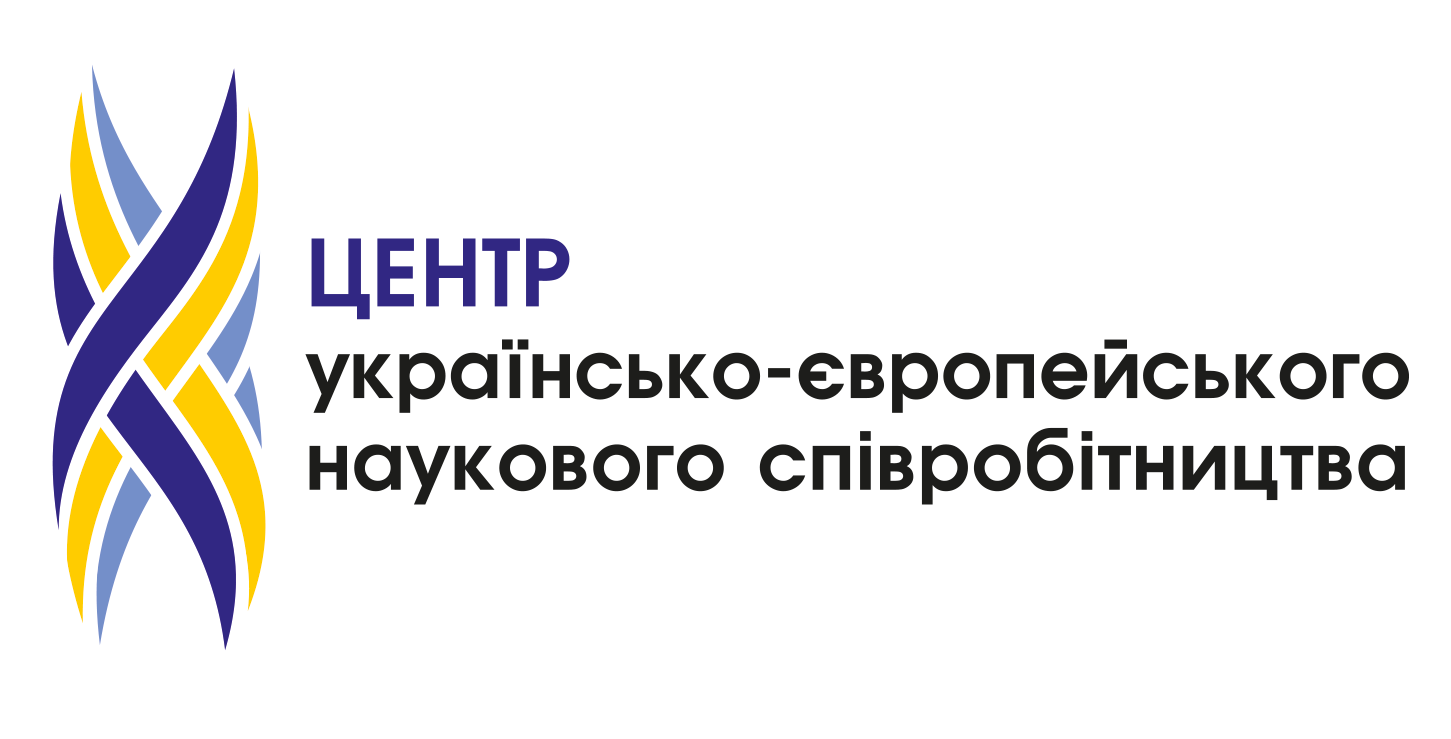 Key features of the education system
Key features of the education system
Main aim of education policy in Latvia is qualitative and inclusive education for personal development, human welfare and sustainable development of the country.
Education system of Latvia is getting more inclusive in terms of ethnic minority children and students with special needs. School system is also successful in contributing a more equitable distribution of learning opportunities and outcomes. Among the EU countries Latvia follows Estonia and Finland in rather equitable distributions of low achievers across socio-economic groups.
According international student assessment data, there are significant improvements in average students’ (15-years-olds) performance in last decades – it reached OECD average in science, and slightly below the average in reading and mathematics. Latvia has a smaller proportion of students who lack basic skills, but the share of top-performing students is also smaller than the average in OECD countries.
Public investment in pre-primary education (for children 3 years and older) as a percentage of gross domestic product is one of the highest among European countries, and public expenditure on education in total in recent years has increased. Having low teachers’ salaries – compared to international standards -the government has started in 2016 to implement teachers’ salaries reform with the aim to rise teachers’ salaries to internationally (regionally) competitive levels.
Comprehensive reforms are initiated in general and vocational education, too. In general education a new competence-based education content will be fully introduced in 2019-2023. As a result of modernization of vocational education and training proportion of upper-secondary students in general education and VET should reach 50/50% in 2020. It was 60/40% in 2016 respectively. In 2017, share of population aged 30–34 with tertiary education attainment in Latvia was above the EU average, but adults’ participation in lifelong learning is below the EU average.
Latvia has a long and successful tradition of extra-curricular education, called interest-related or hobby education. It is provided in broad areas: arts, sports, technical education etc., and more than 70% of learners between the ages of 3 and 25 and participate in these activities. The Council of Europe International Review Team concluded that the Latvian model of hobby education certainly is a best practice example of extra-curricular education.
Latvia has long tradition of ethnic minority education – the first law on education institutions of independent Latvia in 1919 ensured autonomy of education for German, Russian, Jewish, Polish and Byelorussian schools. Now, the state continues to develop and finance its ethnic minority (bilingual) education model providing publicly-funded education in five ethnic minority languages:
- Estonian
- Polish
- Ukrainian
- Byelorussian
- Russian.
In the school year 2014/2015, 71% of all pupils were enrolled in education programmes with Latvian language of instruction and 29% were enrolled in ethnic minority education programmes.
In March 2018 the Parliament approved amendments to the Education Law and the Law on General Education under which education programmes of ethnic minorities will start gradual transition to Latvian-only upper-secondary education in the 2021/2022 school year. A new bilingual education model will be introduced in grades 1-6 of ethnic minority education programmes, ensuring that at least 50% of the education content is taught in Latvian, and in grades 7-9, ensuring that at least 80% of the education content, including foreign languages, is in Latvian, and the transition will start in 2020/2021. Starting from 2022/2023 school year all general education subjects in upper-secondary programmes (grades 10-12) will be taught only in the Latvian language (excluding foreign languages), while children of ethnic minorities will continue learning their language, literature and subjects related to culture and history in the respective ethnic minority language.
Another specific feature of education system in Latvia is vocationally oriented education in sports, art and music provided in music, art and sports schools (mūzikas skola, mākslas skola, sporta skola). It is the acquisition of systematised knowledge and skills, as well as the formation of values orientation in art, culture or sport concurrently with the basic (integrated primary and lower-secondary) education and upper-secondary education level. Vocationally oriented music and art education together with vocational education and higher education in music and arts compose Latvia’s culture education system (profesionālās kultūrizglītības sistēma).
Stages of the education system
Latvia provides a legal entitlement to early childhood education and care (ECEC, pirmsskolas izglītība) for all children from 1.5 years of age. Municipalities are obliged to ensure that children whose residence is declared in the administrative territory of the municipality are able to access ECEC the institution (pirmsskolas izglītības iestāde) closes to their home. ECEC for five- and six-year-old children is compulsory.
Primary and lower secondary education is organised as a single structure system (pamatizglītība or basic education), beginning at the age of 7 and consisting of nine years of compulsory schooling. Basic education ends after grade 9 with final examinations in student’s first language, the Latvian language for students in ethnic minority programmes, mathematics, history of Latvia and a foreign language, leading to the award of a certificate which is needed to entry into upper-secondary education.
Upper secondary education (vidējā izglītība) begins at the age of 16 and ends at the age of 19, and is provided in general and vocational pathways by vidusskola, ģimnāzija and profesionālās izglītības iestāde. Although upper-secondary education is not compulsory, the proportion of population with completed upper secondary education is still high and above the OECD average.
Various vocational upper-secondary education programmes take between two to four years to complete and led to different qualification levels. Most of vocational programmes start at upper-secondary level and only a few schools offer lower-secondary vocational education.
Higher education is provided by rather autonomous public and private higher education institutions (augstskola): these are universities (universitāte), offering both academic and professional tertiary programmes; other augstskola, akadēmija or koledža offer professional tertiary programmes. The degree structure follows the three-cycle structure: bachelor’s, master’s and doctoral level studies.
There is a spectrum of formal and non-formal education programmes and courses for the adult learners. Within formal education system, adult education extends over general education provided in pamatskola and vidusskola, vocational and further-vocational training offered by profesionālās izglītības iestāde, and higher education in augstskola. There are also various non-formal adult education opportunities provided by public and private education institutions and organizations. Informal learning acquired through working and personal life can be validated as professional competences acquired outside formal education.
Structure of the national education system
Resource: https://eacea.ec.europa.eu/national-policies/eurydice/content/latvia_en









